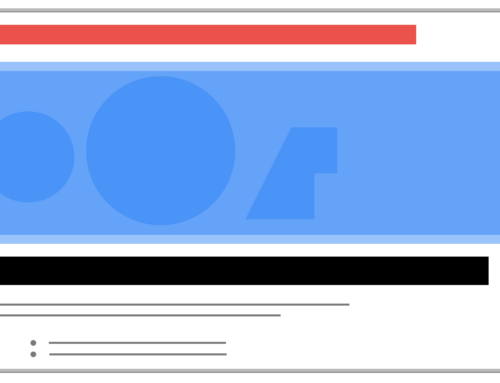Which should you be doing: Daily Kaizen or Kaizen Events? Trick question. The answer is: Both!
Daily Kaizen
Daily Kaizen is essential for tackling small problems before they become big ones, and for sustaining improvements that have been implemented. The basis of Kaizen culture is to make continuous improvement part of everyone’s job. (Watch: What is Kaizen?)
A Kaizen Event
 However, some continuous improvement challenges require a more focused approach. Once in a while, you may be faced with a problem so serious that an all-hands-on-deck response is required. Maybe you have a spike in defects, a sharp increase in customer complaints, a failed inspection or some other challenge. A Kaizen Event is a reasonable response in these types of situations.
However, some continuous improvement challenges require a more focused approach. Once in a while, you may be faced with a problem so serious that an all-hands-on-deck response is required. Maybe you have a spike in defects, a sharp increase in customer complaints, a failed inspection or some other challenge. A Kaizen Event is a reasonable response in these types of situations.
Compared to Daily Kaizen, a Kaizen Event requires a significant investment of human capital. During a Kaizen Event, the team puts their other work aside for 3 to 5 days to focus on the target process of problem. Your team should be able to get to the bottom of the problem and resolve it right away. What are some reasons to have a Kaizen Event?
When there’s a big potential impact to KPIs or strategic goals
A Kaizen Event can help you move the needle on your metrics for a strategic objective or for key performance indicators. It’s essential to document the current state and results and decide on how you will measure the impact of any improvements that are implemented.
When repeated daily improvement cycles don’t achieve results
 If you’ve been using improvement cycles like DMAIC as part of your team’s daily improvement effort but aren’t seeing results, a Kaizen event might be an effective way to getting unstuck. During a Kaizen event, the participants will have time to explore many potential solutions and evaluate which will be the best to address the root cause.
If you’ve been using improvement cycles like DMAIC as part of your team’s daily improvement effort but aren’t seeing results, a Kaizen event might be an effective way to getting unstuck. During a Kaizen event, the participants will have time to explore many potential solutions and evaluate which will be the best to address the root cause.
When cross-functional collaboration is necessary
Cross-functional challenges can be difficult to solve with Daily Kaizen because different teams or departments have different priorities and leadership. A Kaizen Event is an effective way to break down organizational silos and get workers from different functional areas working together toward a common goal.
When it’s been a while since your last Kaizen Event
People get good at what they practice. If you use Kaizen Events only rarely, your team won’t have the opportunity to hone and develop the problem-solving and collaboration skills necessary to deploy them successfully. Kaizen Events can be used to give people opportunity to demonstrate leadership, documentation, and teamwork skills.
When you have new team members
Kaizen Events are a great way to introduce new members of the time to continuous improvement and to its tools and techniques. Kaizen training is essential, but there’s nothing quite like doing something as you learn it. In addition to learning how a Kaizen Event should unfold, the intensity of rapid improvement will help your new team members integrate with existing ones. Everyone learns how each other works and how best to communicate.
Getting started is easy. Pick a problem from your Idea Funnel in KPI Fire, select the Kaizen workflow, then scope the project on your Project Charter. Once this is done schedule 3 to 5 days with the SMEs and core team members. Follow the steps in the Kaizen workflow and watch how quickly your team comes together to solve problems!
Check out these related articles.



